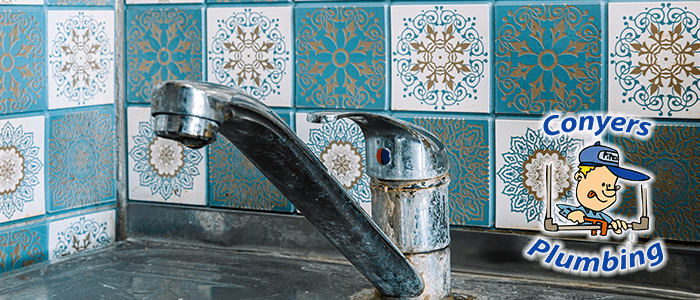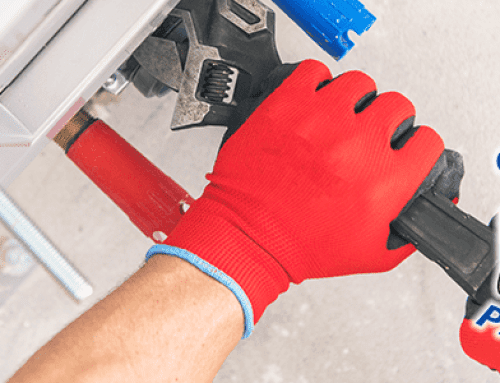Don’t Let That Drip Turn Into a Disaster: How to Fix a Leaky Faucet with Conyers Plumbing
In many households, one of the most common problems that homeowners encounter is a leaky faucet. It doesn’t just affect a person’s water bills, but it can lead to major water damage problems. It can be tempting to call in a professional every time a faucet starts to leak, but with some basic knowledge and the right tools, you can save money by fixing it yourself. In this blog post, we’ll provide you with a step-by-step guide on how to fix a leaky faucet, so you don’t have to go through the hassle of calling in a plumber.
Section 1: Understanding the Leaky Faucet Problem
The first step in fixing a leaky faucet is to understand the problem. The most common cause of a leaky faucet is a worn-out washer. Over time, the constant flow of water can wear out the washer, causing water to seep through the faucet. The other common cause is a faulty O-ring. An O-ring is a small rubber ring that is located at the base of the faucet. If it becomes loose or damaged, it can cause water to leak from the base of the faucet.
Section 2: Gathering the Tools
Before beginning, it’s essential to have the right tools in hand. You will need a set of adjustable pliers, a screwdriver, and replacement parts such as washers and O-rings.
Section 3: Turning Off the Water
The next step is to turn off the water supply. This is done by turning off the water valve located under the sink. If you cannot find the valve, look for the main water valve that supplies the entire house.
Section 4: Removing the Faucet Handle
Once you have turned off the water, you can start removing the faucet handle. This is done by removing the decorative cap located on the top of the handle. Use the screwdriver to remove the screw under the cap.
Section 5: Removing the Cartridge or Stem
Next, remove the cartridge or stem using the pliers. If it is difficult to remove, you can use a wrench to make it easier. Once you have removed the stem, check it for any damages or wear and tear.
Section 6: Replacing the Washer or O-Ring
The cause of the leaky faucet must be identified before new replacement parts can be installed. If it’s a worn-out washer, you will need to replace it. If it’s a faulty O-ring, you will need to replace it instead. Replace these parts with new replacements and reassemble the faucet as before.
Section 7: Reassembly
Once you have replaced the washer or O-ring, reassemble the faucet by reversing the steps you followed to disassemble it. Start by reinserting the cartridge or stem and tighten it using the pliers. Next, place the handle back over the cartridge and secure it with the screw.
Section 8: Testing
Now that you have reassembled the faucet, turn on the water supply and slowly turn on the faucet. Check for any leaks around the base of the faucet and from the spout. If the problem persists or other issues arise, it is best to consult with a professional plumbing company like Conyers Plumbing to ensure that everything is properly fixed.
Section 9: Conclusion for Fixing a Leaky Faucet
Fixing a leaky faucet is a task that anyone can do with just a little patience and the right tools. It’s an easy way to save money on your water bill, and avoiding water damages. But if you’re having trouble or the problem persists, don’t hesitate to call in the experts. Conyers Plumbing is a local plumbing company located in Hillsborough County, FL, prepared to offer top-quality services to clients in the area.




